EDMONTON – Alberta Premier Rachel Notley says the “ocean of fire” that hit Fort McMurray burned about 10 per cent of the buildings, but the hard work of firefighters saved the bulk of the city so it can be rebuilt.

READ MORE: ‘Ocean of fire’ destroys 2,400 structures but 85% of Fort McMurray still stands
“The fast action and the hard work and the dedication and the smarts of these first responders has, it appears, saved almost 90 per cent of the city of First McMurray,” she said Monday after a ground tour of the devastation.
Below: This combo made from images taken May 29, 2015, top, and May 5, 2016, bottom, provided by DigitalGlobe shows a view of Alberta, Canada from its WorldView-3 satellite in false-color. The satellite “sees” the the world in eight spectral bands. The bright red areas represent healthy forest land in the top image. The areas burned by an enormous wildfire that devastated Canada’s oil sands town of Fort McMurray in Alberta show up as black and gray in the bottom image.
Notley and members of the media were taken to various parts of Fort McMurray Monday afternoon, to see firsthand the devastation left behind by a wildfire that continues to burn in the region.
All 80,000 residents ordered out last Tuesday will have to wait at least two weeks to hear when they might be allowed to return. Regional fire Chief Darby Allen said the speed and rapid growth of last week’s wildfire was unprecedented.
“I truly believe nothing else could have been done that wasn’t done to protect the people and the structures within our city,” said Allen. “They’re rewriting their formulas on how fires behave based on this fire.”
During the tour, the bus passed by the Centennial Trailer Park on the way into Fort McMurray. While a few trailers were left standing, the majority of the park was destroyed.
The first stop on the tour was the Beacon Hill neighbourhood, an area of Fort McMurray the province previously said was about 70 per cent destroyed by the wildfire.
“This was a beast. It was an animal,” Allen said of the fire as the bus left the Beacon Hill neighbourhood.
Notley said 2,400 buildings were torched, but 25,000 were saved, including the hospital, municipal buildings and schools.
After going through Beacon Hill, the bus tour then drove through the city’s core. Fire Hall 1 was not damaged. Much of the downtown and the water treatment plant are also intact. Sprinklers were used to keep the building from burning down, Allen said as he led the tour.
“This city will emerge from this emergency with real structural resiliency with most of its critical infrastructure saved,” said Notley.
“This city was surrounded by an ocean of fire only a few days ago, but Fort McMurray and the surrounding communities have been saved and they will be rebuilt.”
But Notley reiterated that the community is not yet safe for people to return.
Watch Below: The rebuild after a devastating wildfire in Fort McMurray will be a major operation. But it could have been much worse. Twenty-five thousand buildings were saved. Tom Vernon has more on what those homeowners should expect.

Hot spots remain and large sections of the city don’t have power, gas or water. She said a plan is to be developed over the next two weeks for the orderly and safe return of residents.
Evacuees have been out of their homes for a week under a mandatory evacuation order. They were forced to flee, some with just minutes notice, when a ravenous wildfire, pushed by shifting winds, overwhelmed several neighbourhoods in the south and southwest.
Darby said between 40 and 50 per cent of Fort McMurray could have been destroyed if firefighters hadn’t been able to hold back the flames at key points, especially the downtown.
Watch below: Raw video shows some homes not destroyed by Fort McMurray wildfire between Beacon Hill and downtown

Below: Photo gallery of homes and buildings untouched by the fire between Beacon Hill and downtown
Heading down King Street and into downtown, the area was not affected by the wildfire; homes, gas stations and hotels in the area were still standing. The hospital, which was evacuated in just two hours, was still standing. Darby said a great deal of effort went into keeping the fire away from the facility.
READ MORE: Heroic measures praised during the Fort McMurray hospital evacuation
Some of the hardest-hit areas are nothing more than acrid wastelands of soot, ash and concrete.
Reporters who were also given a tour saw scorched skeletal outlines of furniture, vehicles and buildings.
A cracked birdbath. The metal outline of a shed. A front doorstep leading to nowhere. Kids’ bikes burned where they were chained up. Metal-topped barbecues with melted knobs on flame-streaked patios.
Homes that appear not to have been touched now face craters just across the street. Pristine bus stops and mailboxes remain ready for business next to charred ruins.
The dominant colours are blacks, greys, whites and ochre.
The hazy skyline is punctuated by towering light poles and the odd tree: Tall, black and twisted with stubby twig arms.
The Super8 motel is gone. Only the signature red-and-yellow sign remains.
Cars and trucks remain torched where they were abandoned, their paint jobs blistered and cracked. Wheels are burned to blackened hubs, upholstery is consumed to the springs, windows are smashed and dashboards melted to hardened goo.
It’s a world of irregular shapes and fractured lines. Sections of jagged walls and brick rise from black-grey foundations like broken off sections of jigsaw puzzles.
Walls, beams and posts lie folded and twisted on top of one another. Utility meters bend to the left and right. Trees droop. Blown-out top floor windows are open to the sky in both directions. Blackened washers and dryers sit like lonely cubes. Over there is a bathtub.
There is wreckage everywhere.
But there are signs reconstruction has begun.
Watch below: A closer look at the fire damage in Abasand
Below: Photos of the damage in the Abasand neighbourhood
Teams work on power lines into the city, 435 kilometres northeast of Edmonton.
The evacuees have been staying in hotels, campgrounds, with friends or at reception centres. The main one in Edmonton has had to deal with an added problem — about 50 people have fallen ill with a stomach bug.
The wildfire sat at just over 2,000 square kilometres on Monday and moved within 30 kilometres of the Saskatchewan boundary. But lower than seasonal temperatures were giving crews a chance to extinguish hotspots in Fort McMurray.
Across the country, the Red Cross has collected $60 million in donations, including on Monday $250,000 from Atlantic Canada and $500,000 from Unifor, a union representing 4,000 oilsands workers.
Allen said everything is being done to get people back to the community as soon as possible.
“We are dedicating every necessary resource to bringing you home,” he said.
“And we’ll see you soon.”
Watch Below: Fire Chief Darby Allen, Premier Rachel Notley and Mayor Melissa Blake comments at Monday afternoon news conference following the Fort McMurray media tour.
Click here for a full list of Fort McMurray wildfire coverage.
With files from Caley Ramsay and Fletcher Kent, Global News























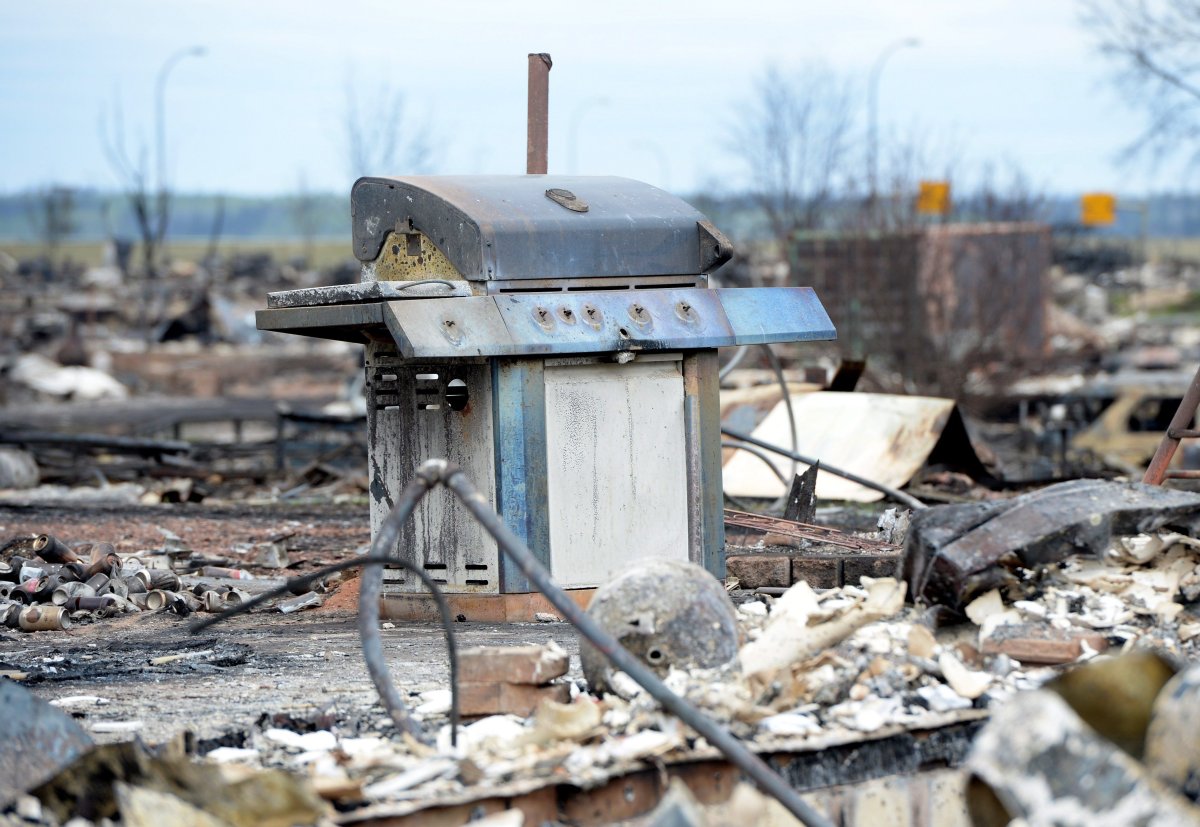













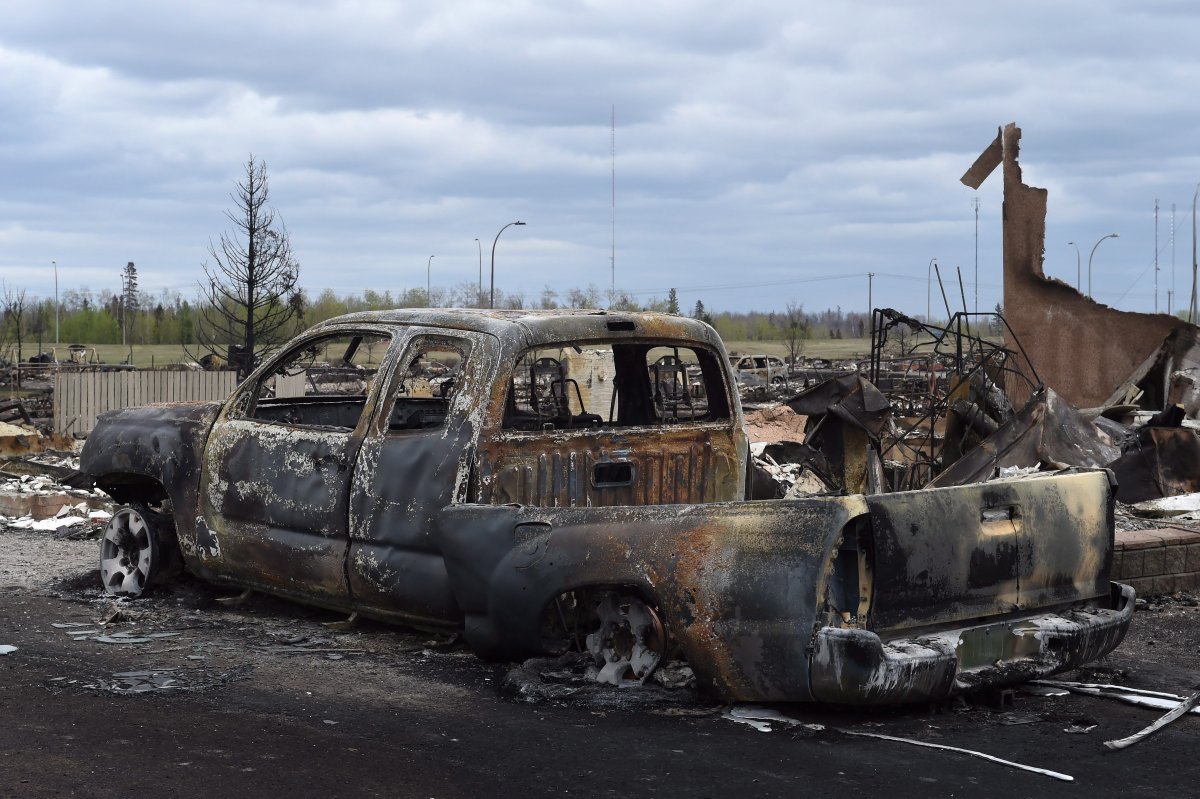



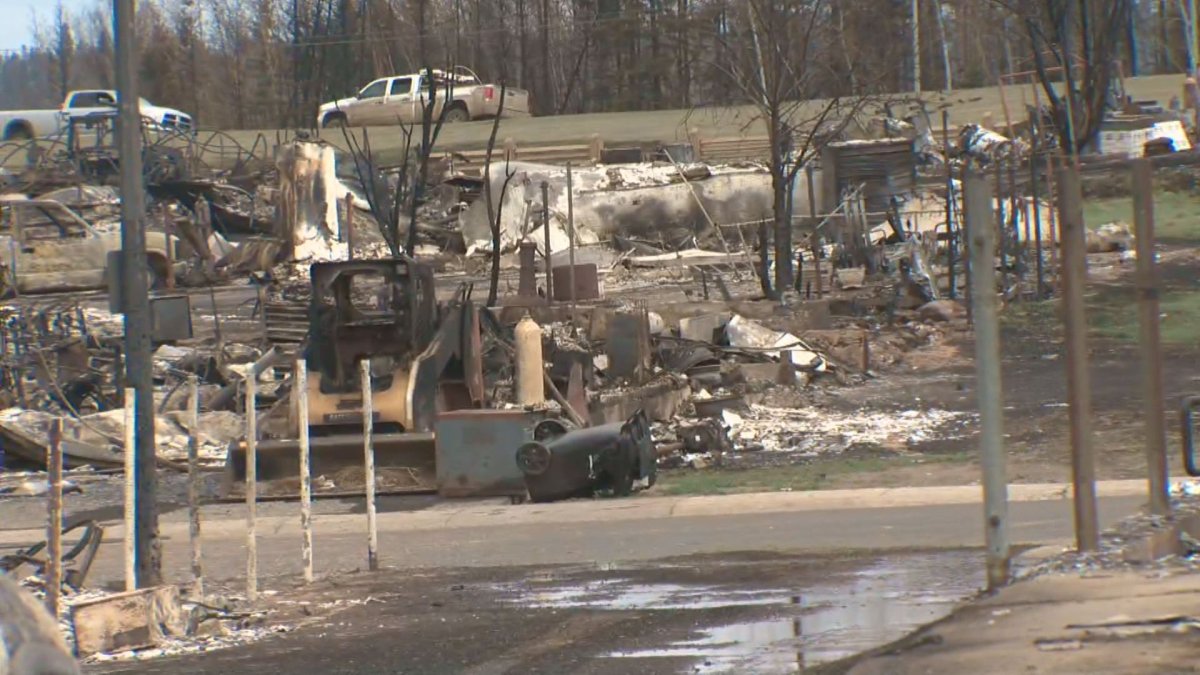







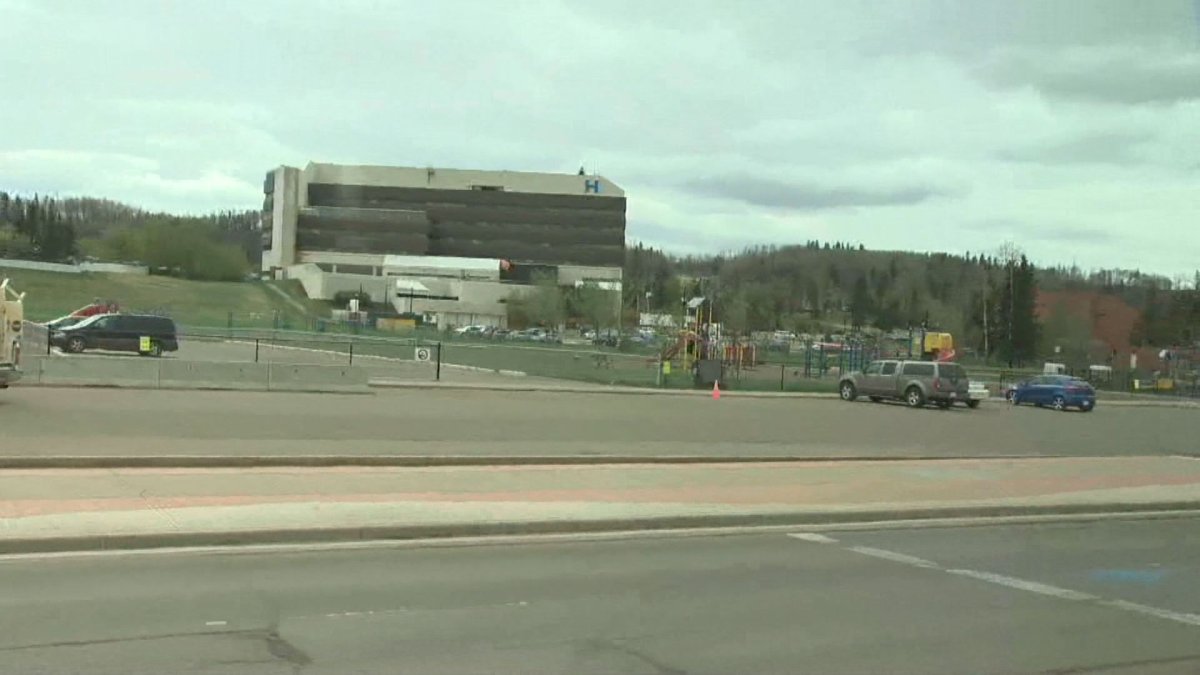











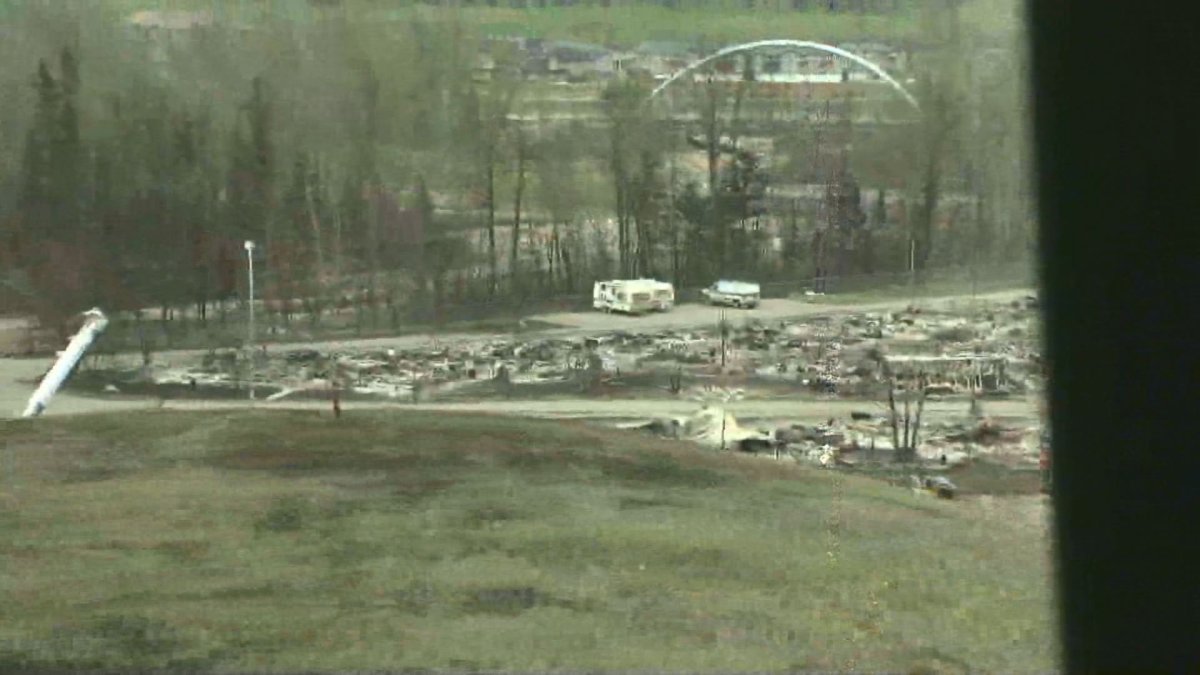










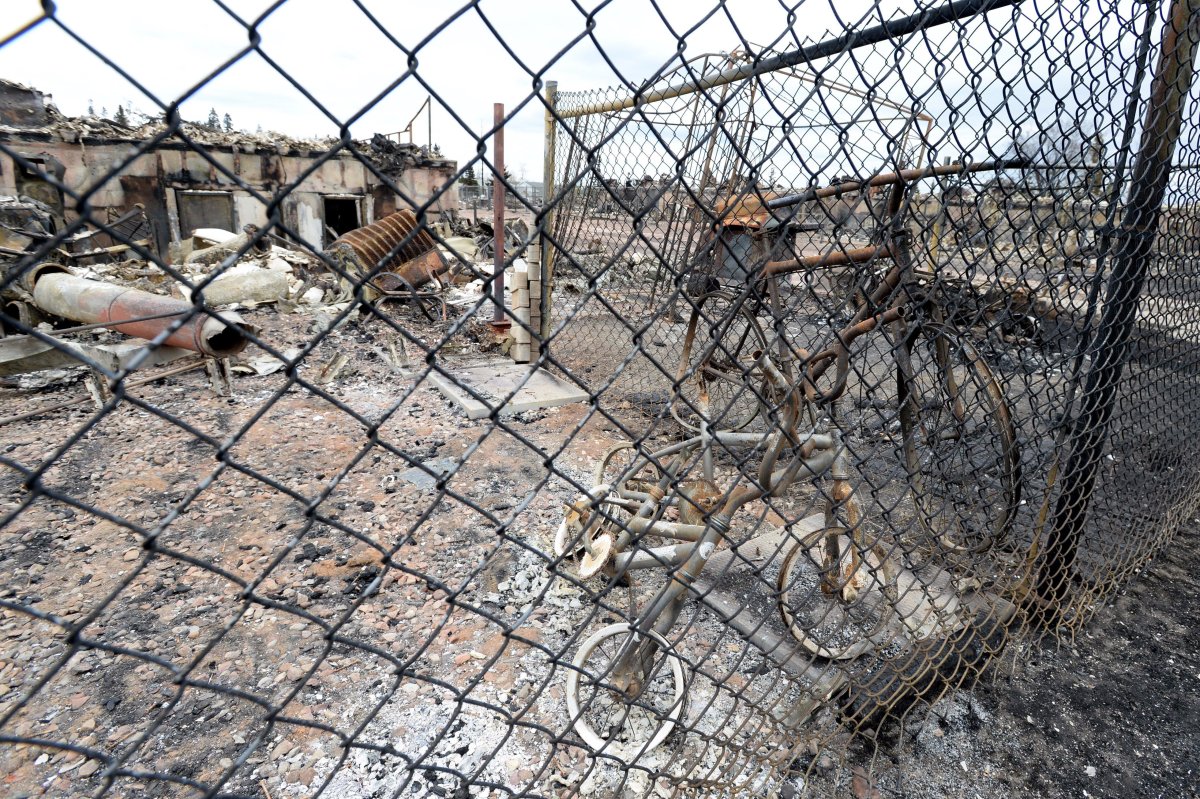



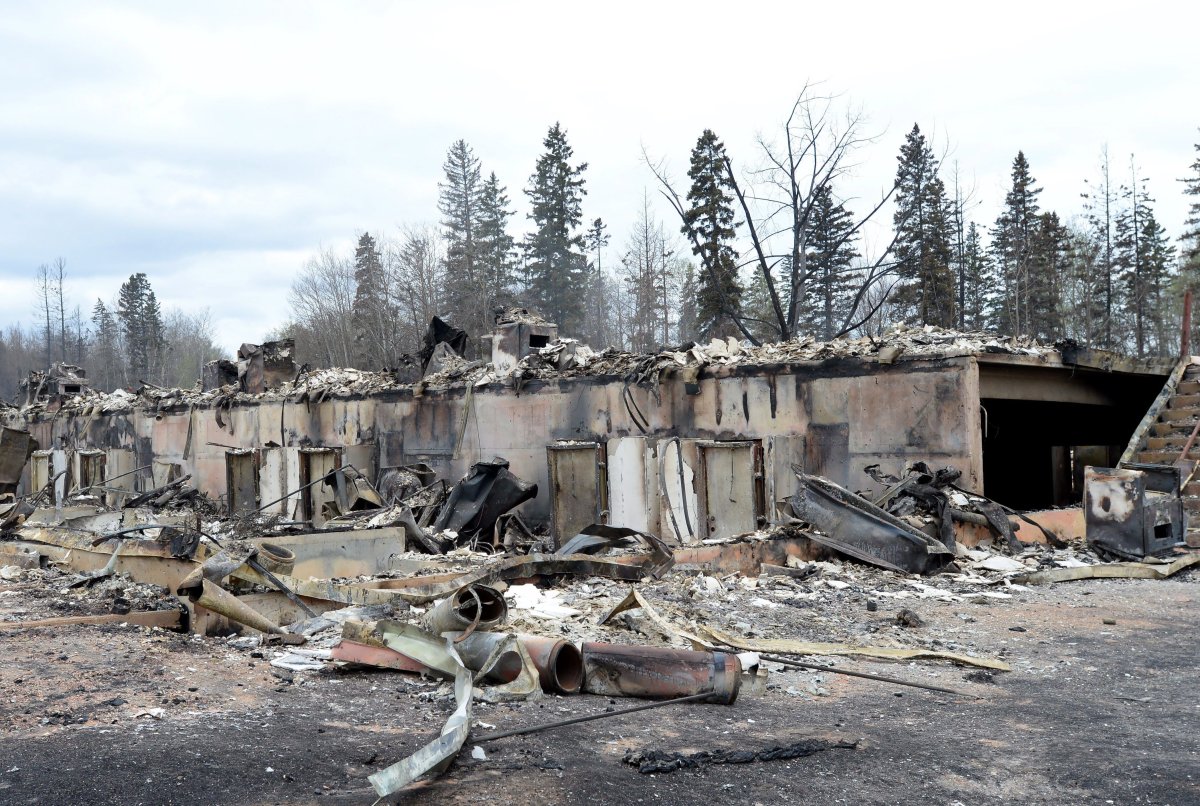

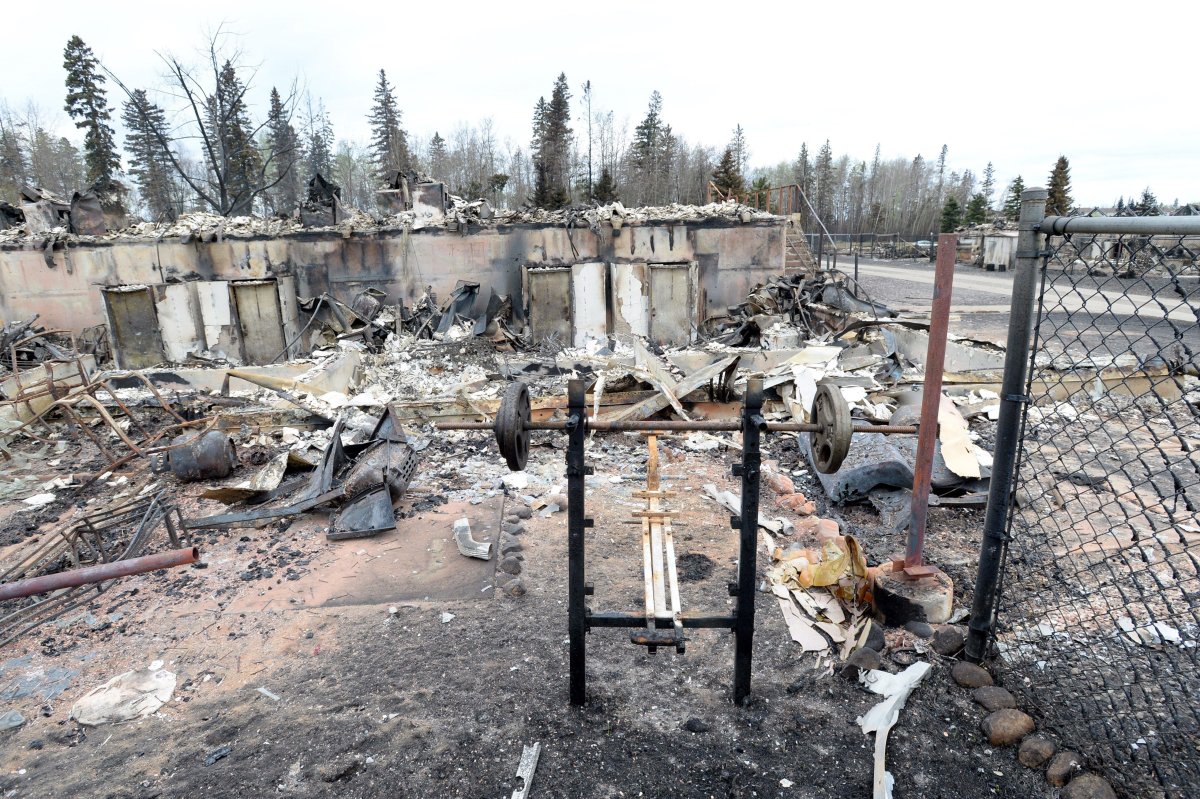



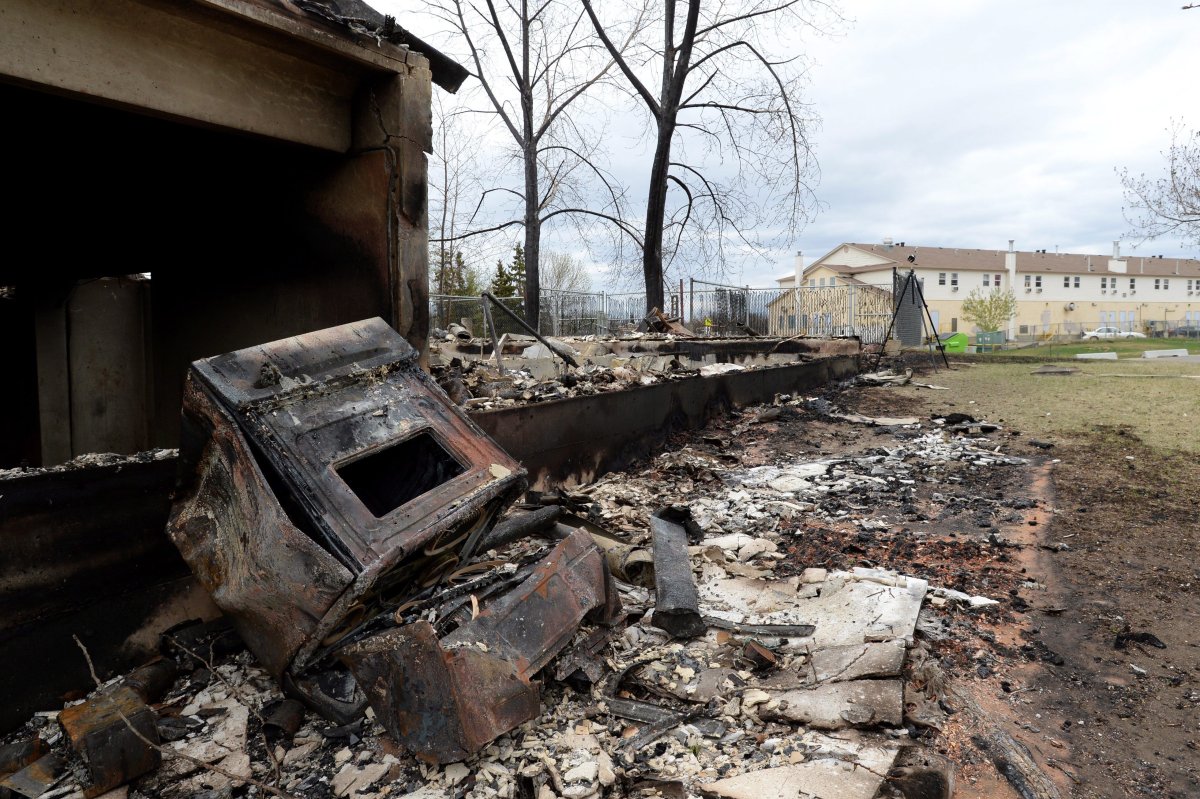







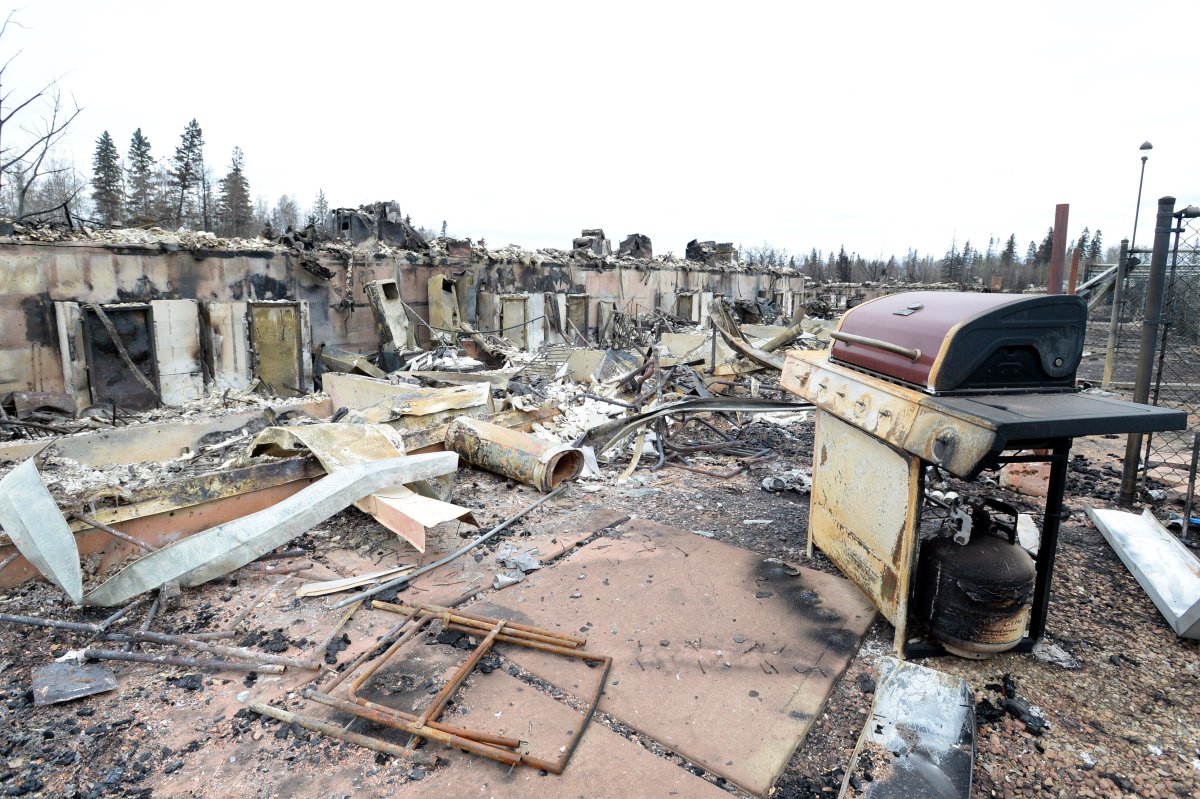



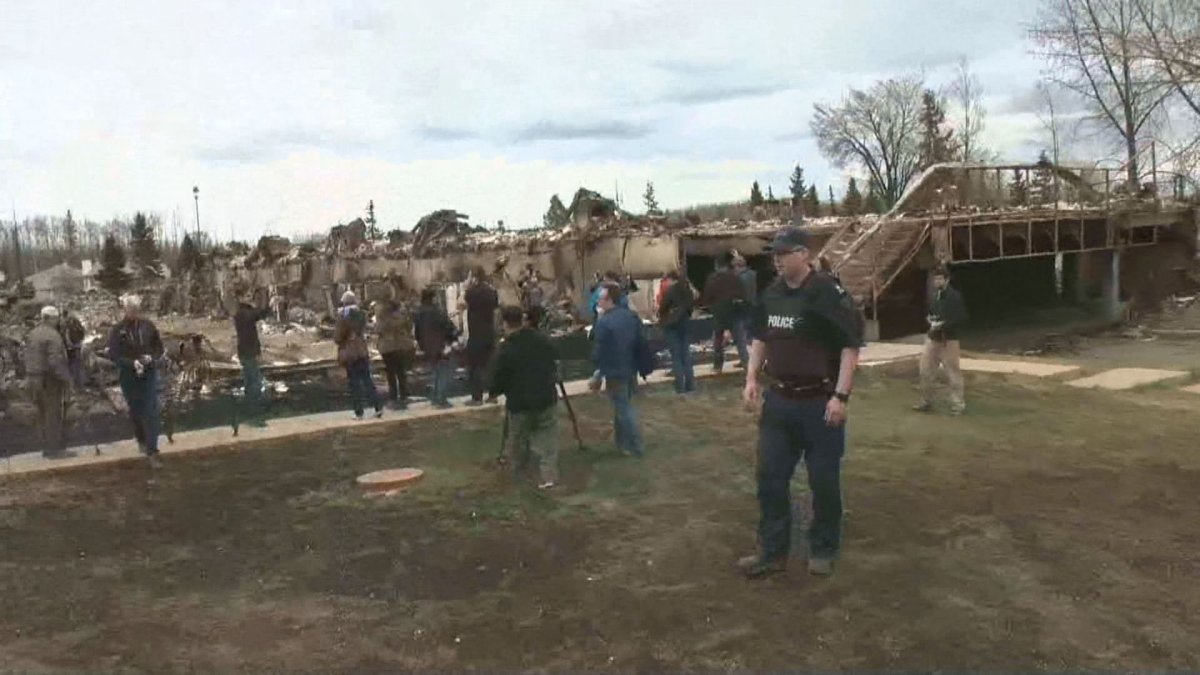

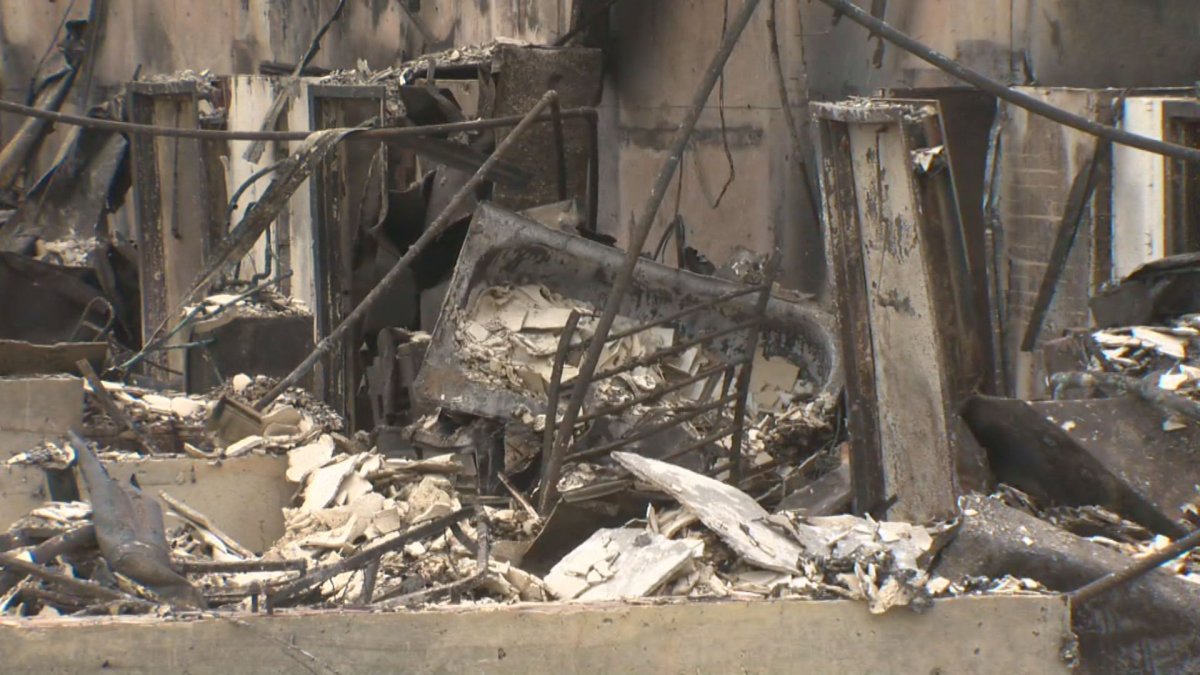











Comments